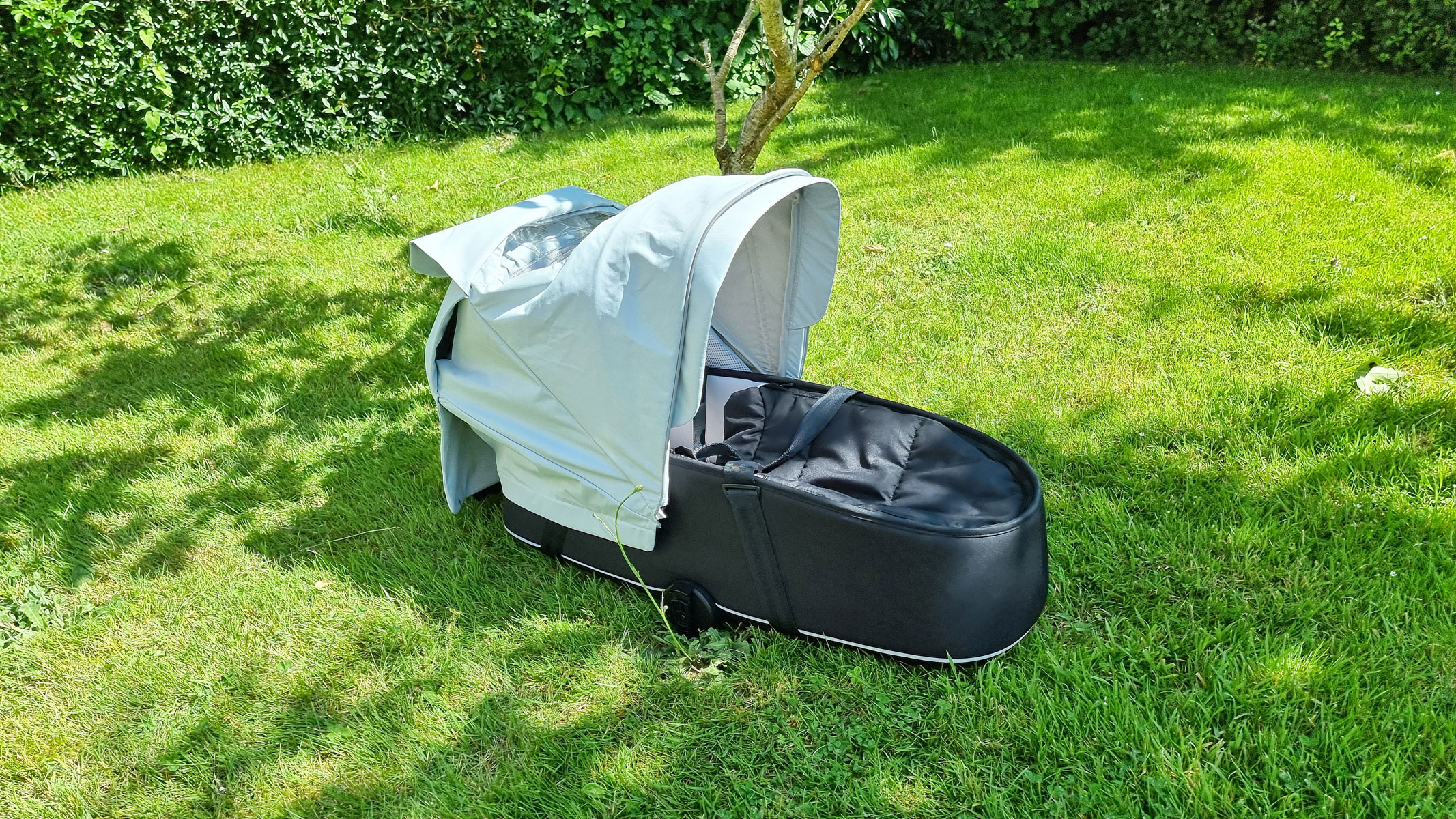This blog post was first published on Utility Dive on March 6, 2023.
During climate disasters and extreme weather events like hurricanes, wildfires, or winter storms, people with underlying health conditions and disabilities face global mortality rates that are four times higher than those without disabilities. Fortunately, solutions like energy storage and clean energy technologies can provide safe, reliable, and equitable power during severe weather conditions.
People receiving medical support at home often require the use of various electric-powered equipment for their care. This can include things like oxygen tanks, ventilators, and wheelchairs for mobility. Other needs like prescription medications, such as insulin, require refrigeration. And there are conditions for mobility that must be considered—finding a clinic or shelter with power may not be an option. Shelters may not be handicap-accessible, and the route to shelters may be inaccessible during extreme weather.
Lack of power can have devastating consequences for disadvantaged communities.
In 2019 when Pacific Gas & Electric Company issued power shutoffs in California in an attempt to mitigate wildfire risks and promote public safety, Robert Mardis Sr., a man who used an electric oxygen tank to aid his breathing died only minutes after a shutoff hit his household.
Energy storage could have saved Robert’s life.
Energy storage and microgrids can save lives
This type of technology is a safe and reliable option for residents who want to guarantee backup power to their home during power outage situations. Energy storage, along with solar-powered energy, can store energy for long periods of time and generate power without the threat of grid disruptions. It can also provide a host of other benefits at the transmission and distribution levels. Even a battery storage system that provides a home power for just a couple hours can enable people to access resources and shelter in critical moments.
There are promising programs already putting this solution in motion.
MCE is a nonprofit public agency in California that offers free portable home batteries to residents for medical and transportation devices so they may operate life-saving equipment or maintain means of mobility. Utilities like Southern California Edison and PG&E have also established programs like this to provide people with battery backups.
In Puerto Rico, the use of microgrids has improved the island’s resilience against severe weather since Hurricane Maria. Microgrids, comprised of distributed energy resources like solar and storage, can operate both connected or disconnected to the grid and can provide reliability during grid disruptions. New microgrids now in operation have helped Puerto Ricans maintain power even in the face of continuing storms.
But we cannot wait for disasters and outages to strike before scrambling for answers. Our leaders must be working quickly to institute policies that add more distributed energy resources to the grid, as well as make residential tools like battery storage accessible for everyone. Energy storage incentives need to include both equity provisions as well as immediate savings that can help alleviate upfront costs. The California PUC’s Self Generation Incentive Program (SGIP), for example, provides rebates for energy storage and also includes a specific equity rate to aid low-income customers.
Existing resources are not enough to help people with disabilities
In order to improve access to clean energy sources, states should design incentives for energy storage by addressing the specific barriers faced by people with disabilities. Medical Baseline consumers—those who depend on power for medical needs—should be included in incentive eligibility for storage. And emergency preparedness plans need to provide battery backup systems for people with disabilities.
It’s critical that both large-scale and household-level solutions are implemented with a mind toward equity. Race, gender, and income greatly affect how people with disabilities are burdened. A Tesla Powerwall battery, for example, comes with a $11,500 price tag. That’s a significant financial burden, particularly for those who may already be dealing with elevated costs of healthcare. Lower-cost financing options, technical assistance, and inclusive outreach programs can help improve access to resources like home energy storage. And more equitable data can help ensure resources like temporary shelters are accessible to people with disabilities who need it the most.
With policies that comprehensively center disability justice, we can work towards solutions that help protect all people in the face of climate disaster, especially for those facing disproportionate harm in the face of climate change. Clean technologies like energy storage have several benefits for households and our larger energy systems, but they can also be critical lifesaving tools for people with disabilities and health conditions. It’s time to implement solutions that have lifesaving, long-term benefits, while prioritizing the needs of marginalized communities and proactively minimizing harm with resources that are accessible for all.

 1 year ago
97
1 year ago
97


